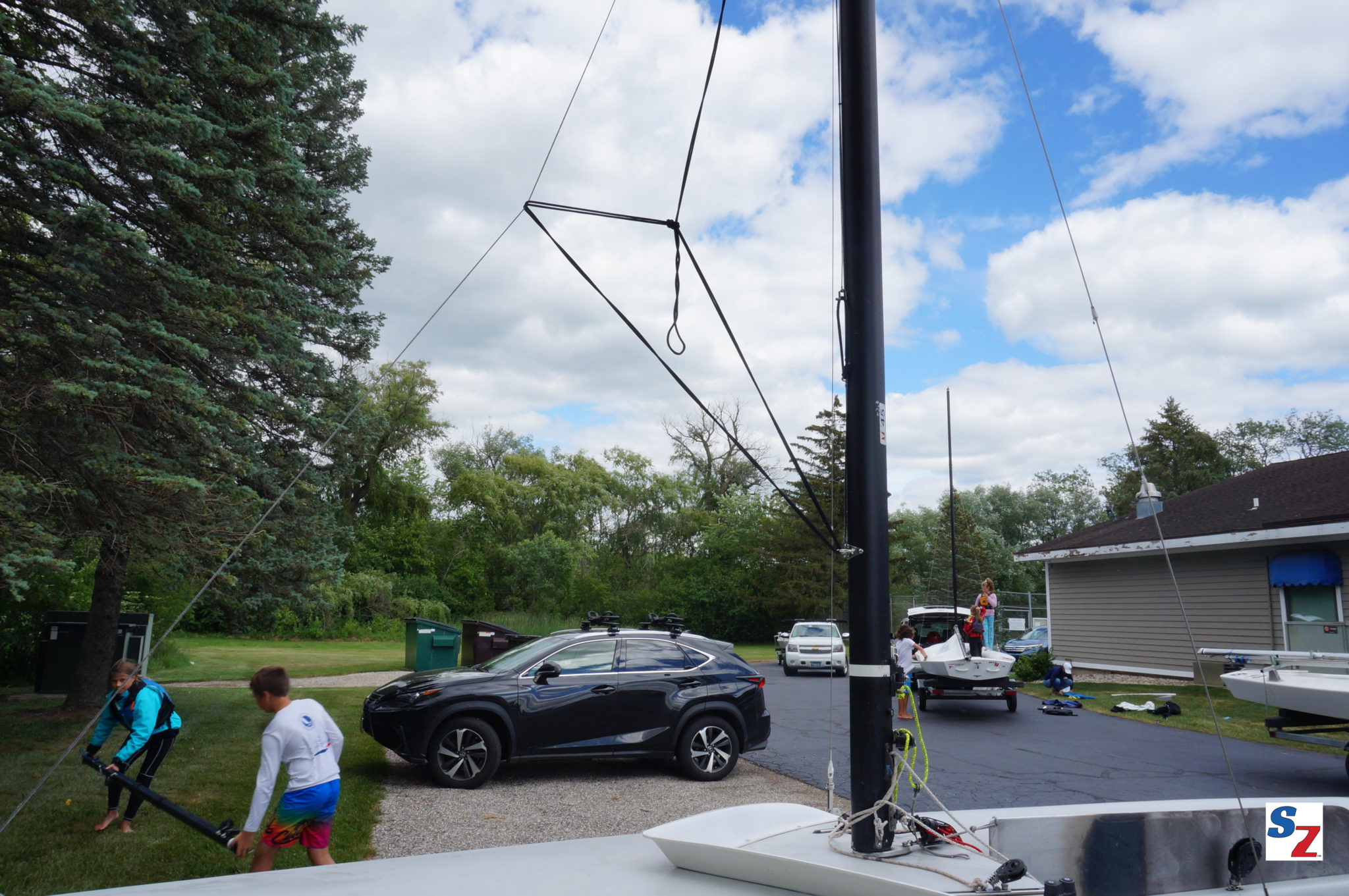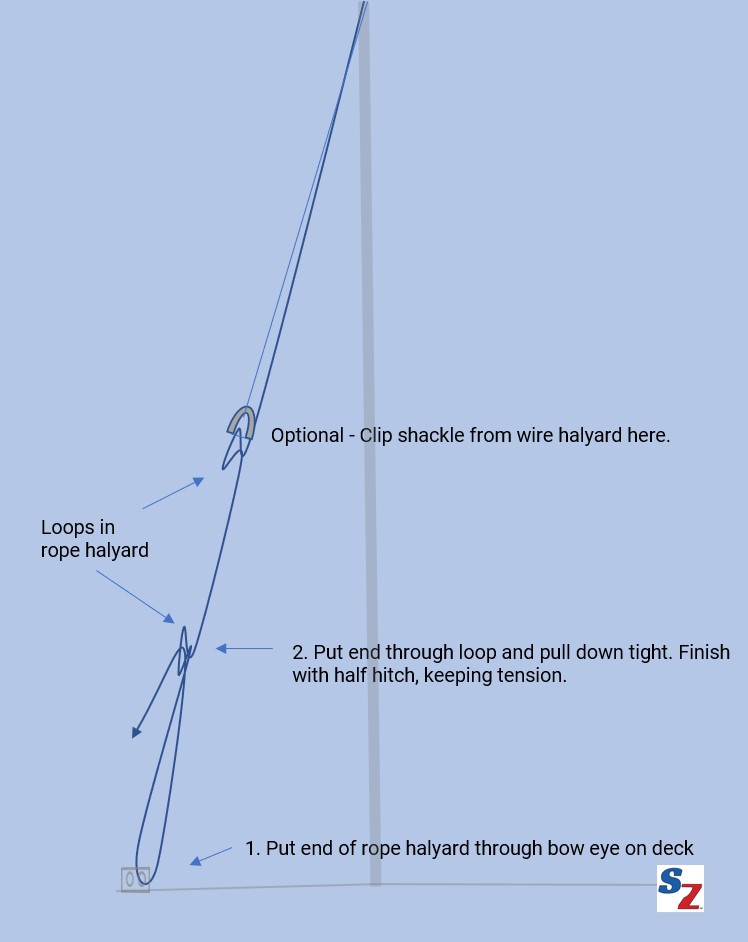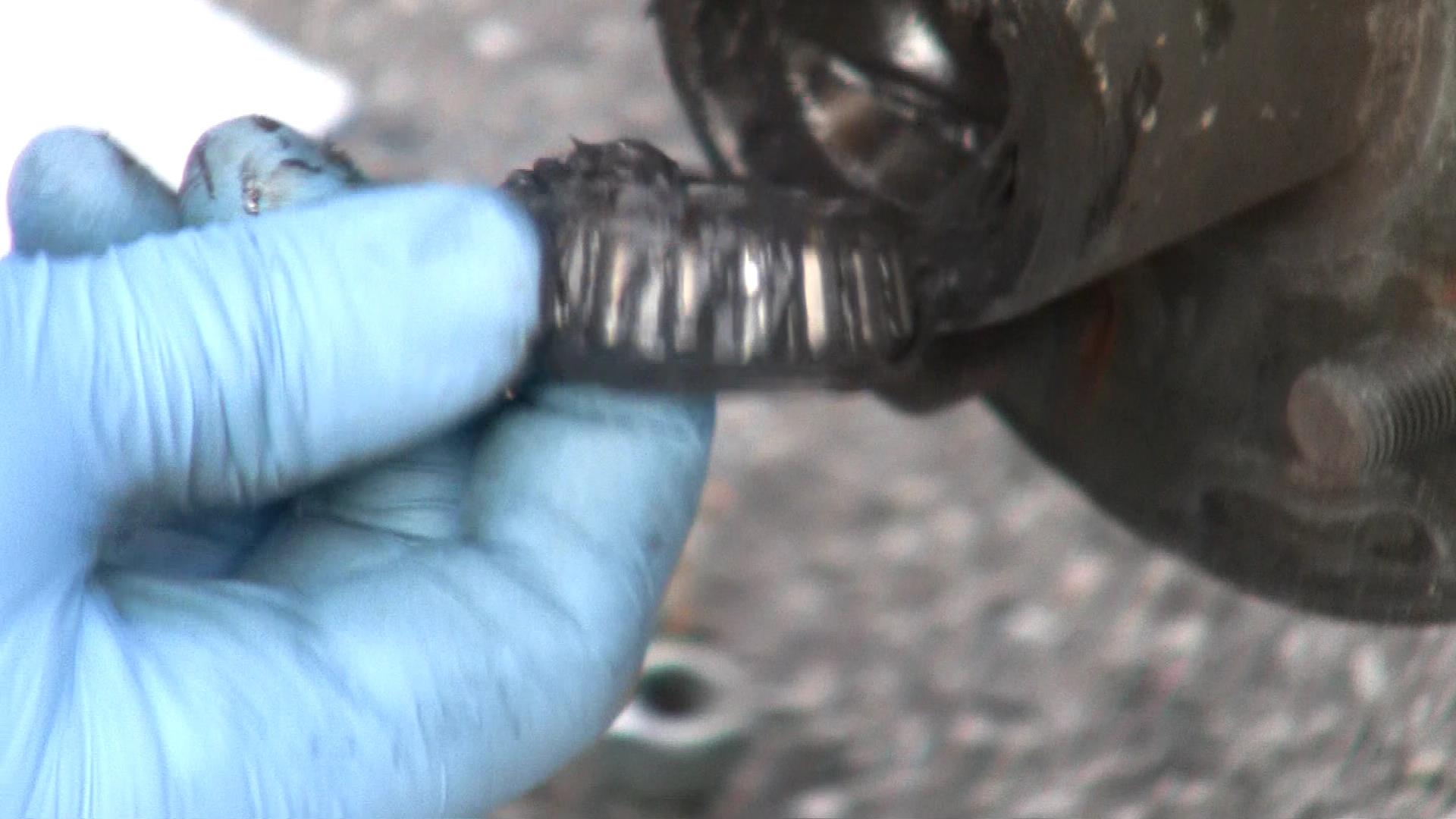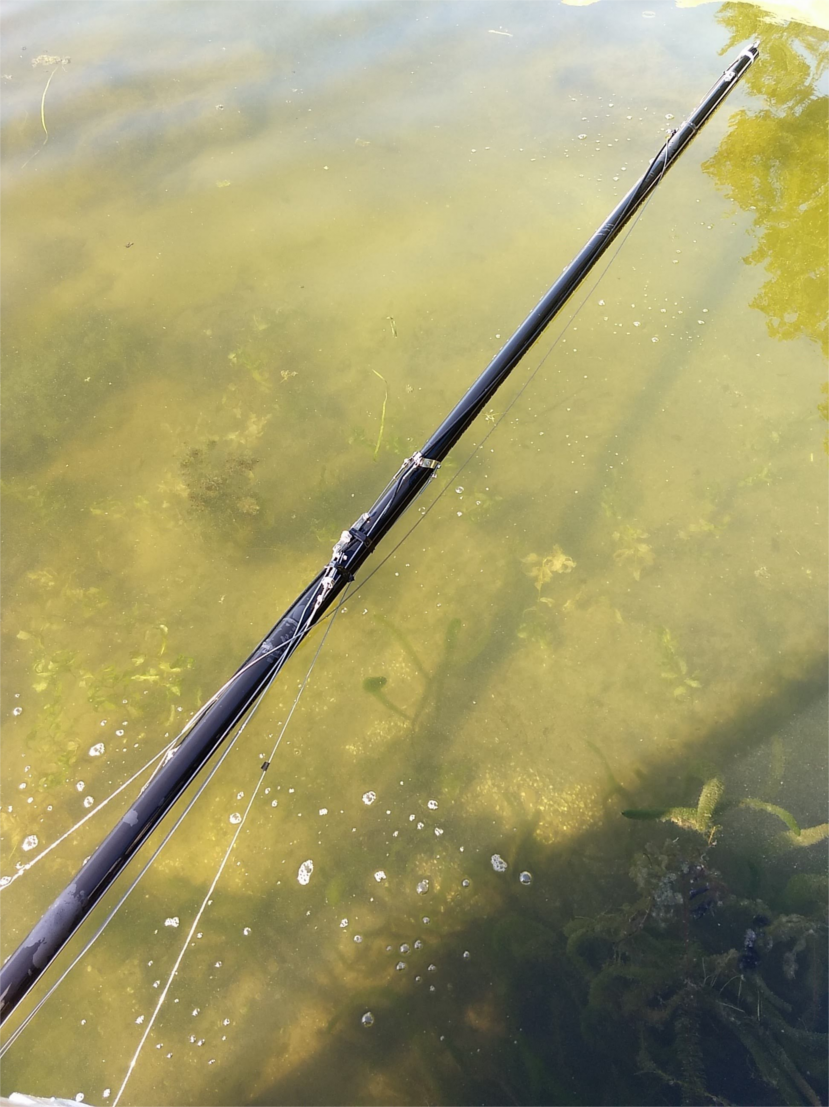Here’s a tip for newer sailors planning to moor a boat or tow a boat on the water. To prevent broken shrouds or forestays, you need to stabilize the rig. Take this simple precaution to save wear and tear.
Why Stabilize the Rig?
On many sailboats, the rigging is loose when the sails are down. If the rig is loose, you will be able to push the mast forward and the forestay will become slack. This is not a problem when sailing: On boats with a jib, the rig is tensioned when the jib is raised. On boats without a jib, the mainsheet tensions the rig when the mainsail is up.
With sails down, waves will rock the boat fore and aft and side-to-side. The mast will flop back and forth in response. If the mast flops back hard, it puts tremendous load on the forestay when it snaps tight. When the mast flops forward, it puts stress on the shrouds. In big waves, the forestay or shrouds could break and the mast will fall down. This makes for an unpleasant surprise when you are towing or when you arrive the next morning and see your boat on the mooring with mast in the water.
How to Stabilize

Stabilize the rig by putting tension on it. Use the rope portion of the halyard. Here are two methods.
- Wrap the rope halyard around the forestay and through a fitting on mast. Pull tight and tie a knot to keep it tight. You could also wrap the rope halyard around the shrouds and the forestay.
- In boats without a jib, make a loop in the rope halyard a foot or so off the deck. Put the free end of the rope halyard through the bow eye, then through the loop, and pull down tight. Finish with a half hitch or two, making sure the tension remains. Add an extra loop for the halyard shackle to prevent the shackle from flopping around on the mast.
MC Scow User Guide, Part 1 – Boat Setup and Maintenance
Prevent Breakdowns – Top Tips





